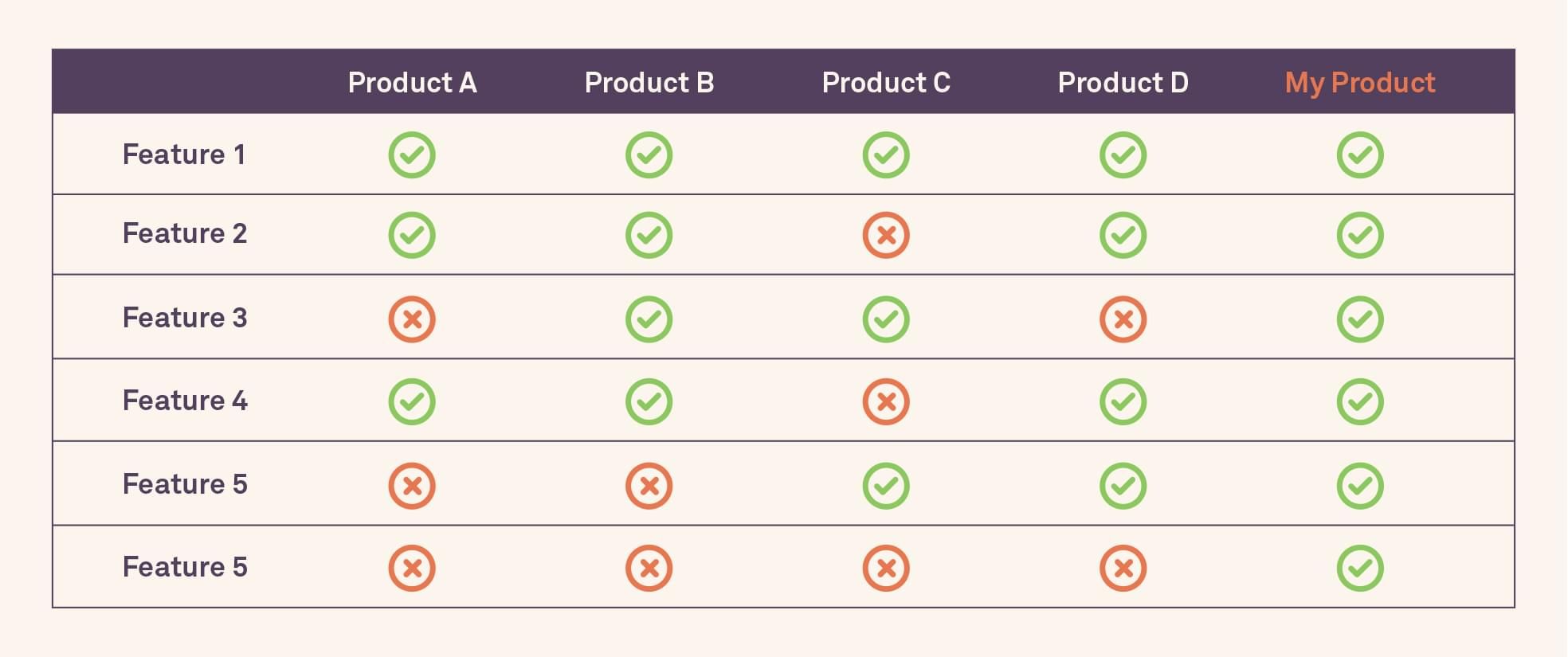
Tune up your sales pitch with a focus on clarity
Main illustration: Lisa Sy
Nailing your sales pitch is crucial if you want to set your deals up for success. Above all else, it should be crystal clear what you’re trying to sell and what the value is to your prospect.
This clarity from the start is critical, because that early impression of your solution shapes everything that follows. According to Forrester, the first viable vendor to reach a decision maker and set the buying vision has a 74% average close ratio.
If you’ve set the right expectations, the value of that initial sale will only compound over time. In another survey by Gartner, nearly two-thirds of tech buyers said they would purchase more from existing providers if the value from their initial investment was clearly demonstrated.
What defines a great sales pitch?
The best sales pitches work like great pop songs – they’re catchy and infectious, and they immediately resonate with your audience. And just like a great performer, your delivery as a sales rep needs to be sharp and compelling every time you’re pitching a new prospect.
“The best pitches work like great pop songs”
Most of the best pop songs are fairly simple compositions – a snappy tune, a memorable chorus – and the same could be said of the best sales pitches: they quickly and concisely convey the value your prospect will get from your product. When the pitch ends, the prospect is left with an idea and vision that they can’t get out of their head.
Why you should optimize your sales pitch for clarity
When the product you’re pitching is increasingly complex and powerful, simplicity can become elusive. After all, how can you cram all those useful features into a short, compelling pitch?
This is especially true for SaaS products where tools are constantly evolving to tackle bigger problems and more use cases. With a product as powerful as Intercom, for instance, which caters to sales, marketing, and support teams, it’s not enough to simply rely on a feature list to sell the value of the platform.

While it’s tempting to dazzle your prospects with the full range of cool features and the entire spectrum of problems the product can solve, resist the temptation. Sales pitches that rely on tables like the one above only risk confusing and frustrating your prospects. You shouldn’t play a symphony when your audience is in the mood for a pop song.
Instead, optimize for the one key quality that all the best sales pitches share – clarity. Remember customers don’t care about all the possible problems you can solve. They care about whether you can you solve their problem.
“Optimize for the one key quality that all the best pitches share – clarity”
How to craft your winning sales pitch
Identify your prospect’s goal
Your sales pitch – how you present the solution to your prospect’s problem – is the equivalent of the catchy chorus from the pop song that will stick in their head.
Of course, at a later stage, a deeper discussion about features and capabilities will be required – most pop singles develop into entire albums, after all. But early on, you should be focused on clearly identifying your prospect’s goal.
Here are seven tips for writing that three-chord classic:
- Do a thorough, deep discovery process to identify your prospect’s pain or opportunity fast.
- Narrow down the features they will find most useful, and focus your sales pitch on those.
- Get your customer to define the full steps to implementation on the first call, then work backward through each step from signing the contract. This helps your prospect internalize the sales process and makes the deal feel more tangible.
- Make effective use of customer references. A well-placed, clearly explained story of how a similar company achieved a similar result turns theory into concrete reality.
- Get a full picture of all the relevant players. Often in SaaS sales our contact or champion is not the ultimate decision maker, so get a sense of what their company’s business case format looks like, what the full buying circle is, and who the ultimate decision-makers will be.
- Include ROI estimates, e.g. if you spend X, you can expect Y by a certain date using this particular feature. This is what is going to stick out to the ultimate decision makers.
- Align expectations at the start of every discovery call with an upfront contract, outlining how long it will take, what you’re going to discuss, and what the likely outcomes will be.
Taken together, these steps will not only give you a clear roadmap, but crucially, will also put clarity in the mind of the customer. There is a good chance, especially early on in the buying process, that they haven’t considered the full purchase process in detail.
“The clearer your initial pitch is, the easier it will be for your champion to sell on your behalf”
Your job here is to make it as simple as possible for your champion to sell your product to their superiors. Data shows there are now about 6.8 decision-makers in each B2B SaaS deal, so the clearer your initial sales pitch is, the easier it will be for your champion to sell on your behalf.
Customize your pitch every time
It’s instructive how we approach this at Intercom. For instance, if we’re talking to a prospect who has a problem growing their revenue, there are 100 different Intercom features we can dazzle them with. But that can be overwhelming at the start.
“You’re trying to boil down a complex product to its essence, but the essence varies from customer to customer”
So through proper discovery we find out they have, say, a problem capturing leads on their website. In that situation, we pitch Custom Bots, our customizable chatbots for sales, and explain how simple it is to get started. This is so much clearer and more actionable than bombarding the prospect with every possible feature they might end up using.
Forget about feeling like you have to do justice to every feature, and instead focus on showing how you can solve your prospect’s problems.
Your sales pitch’s clarity is contextual
When you’re making a successful sales pitch, you’re trying to boil down a complex product to its essence, but the essence of any reasonably complex SaaS product varies from customer to customer. It’s crucial at all times to remember that clarity is contextual, entirely dependent on the unique circumstances of your prospect.
Know your audience, and judge the tune accordingly. At the outset, figure out the catchiest tune you can play to get their attention, and then practice until your delivery is perfect.







